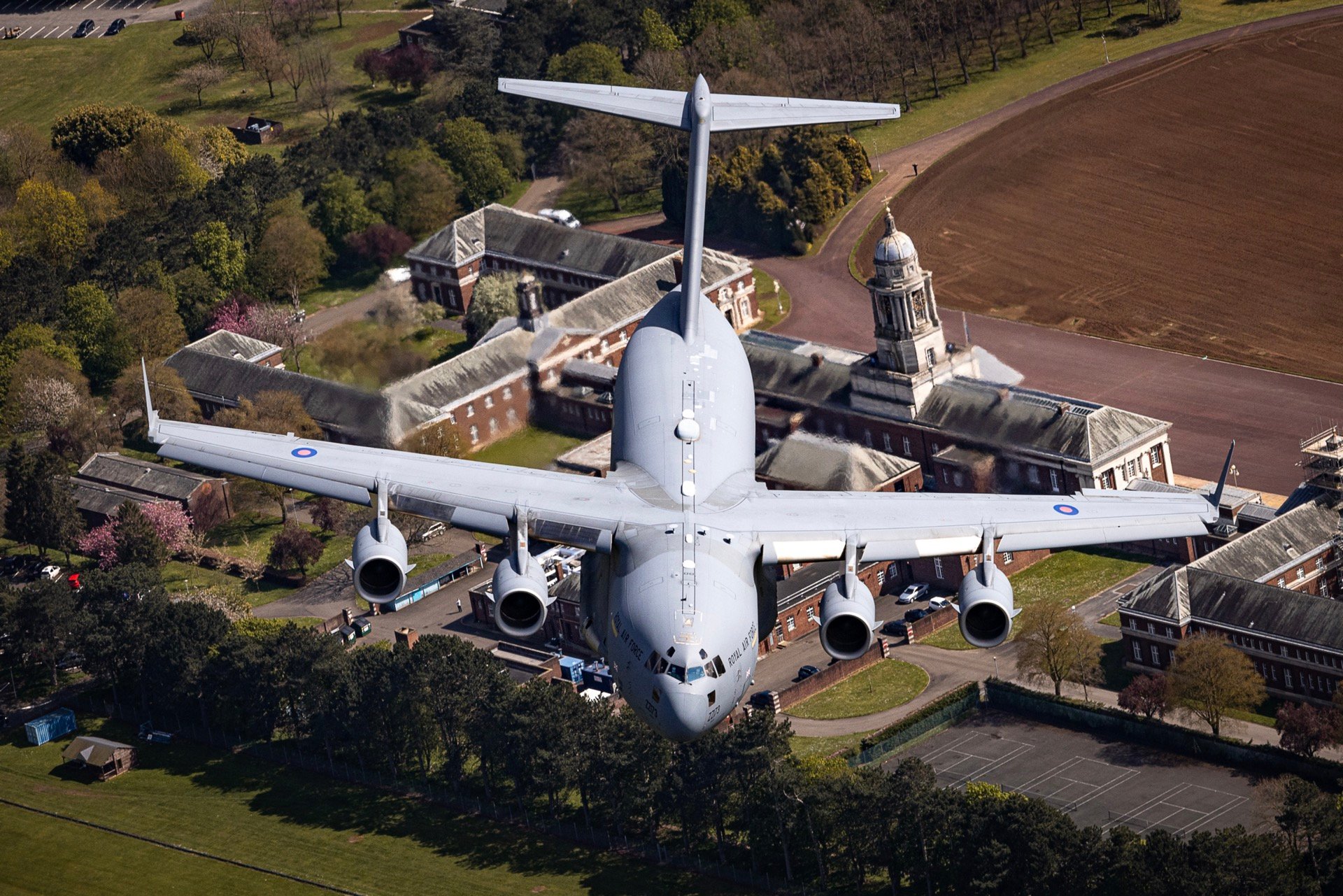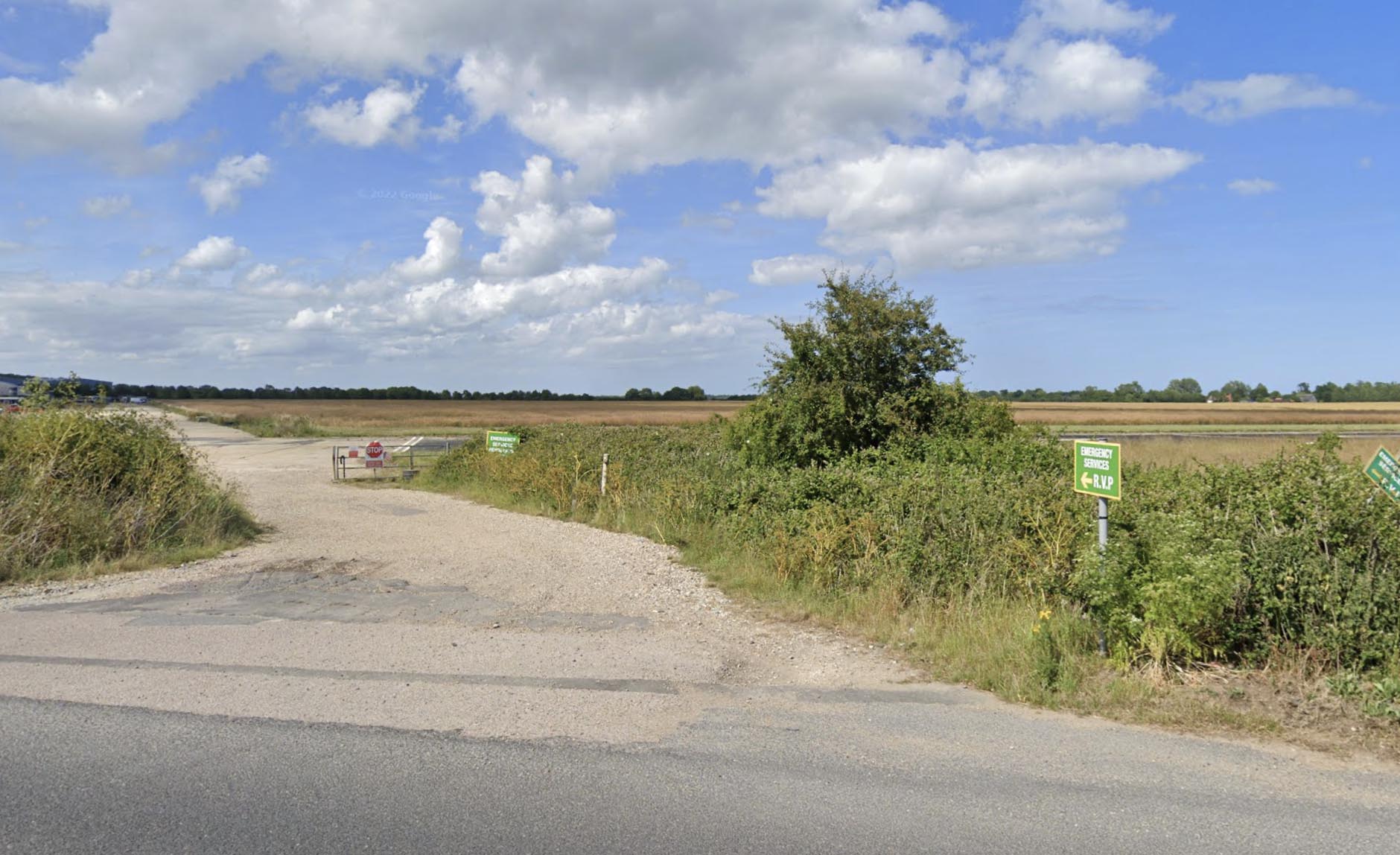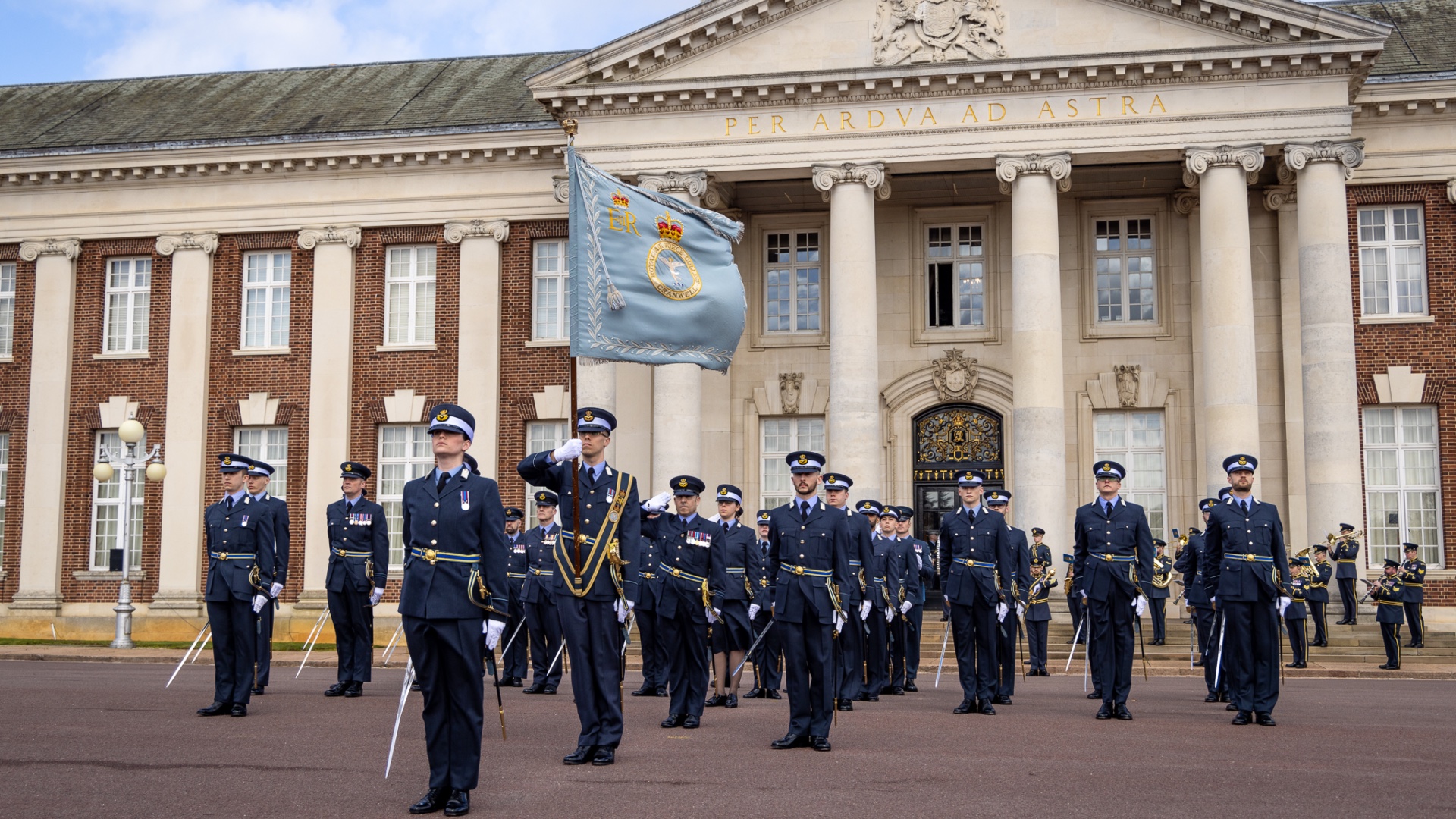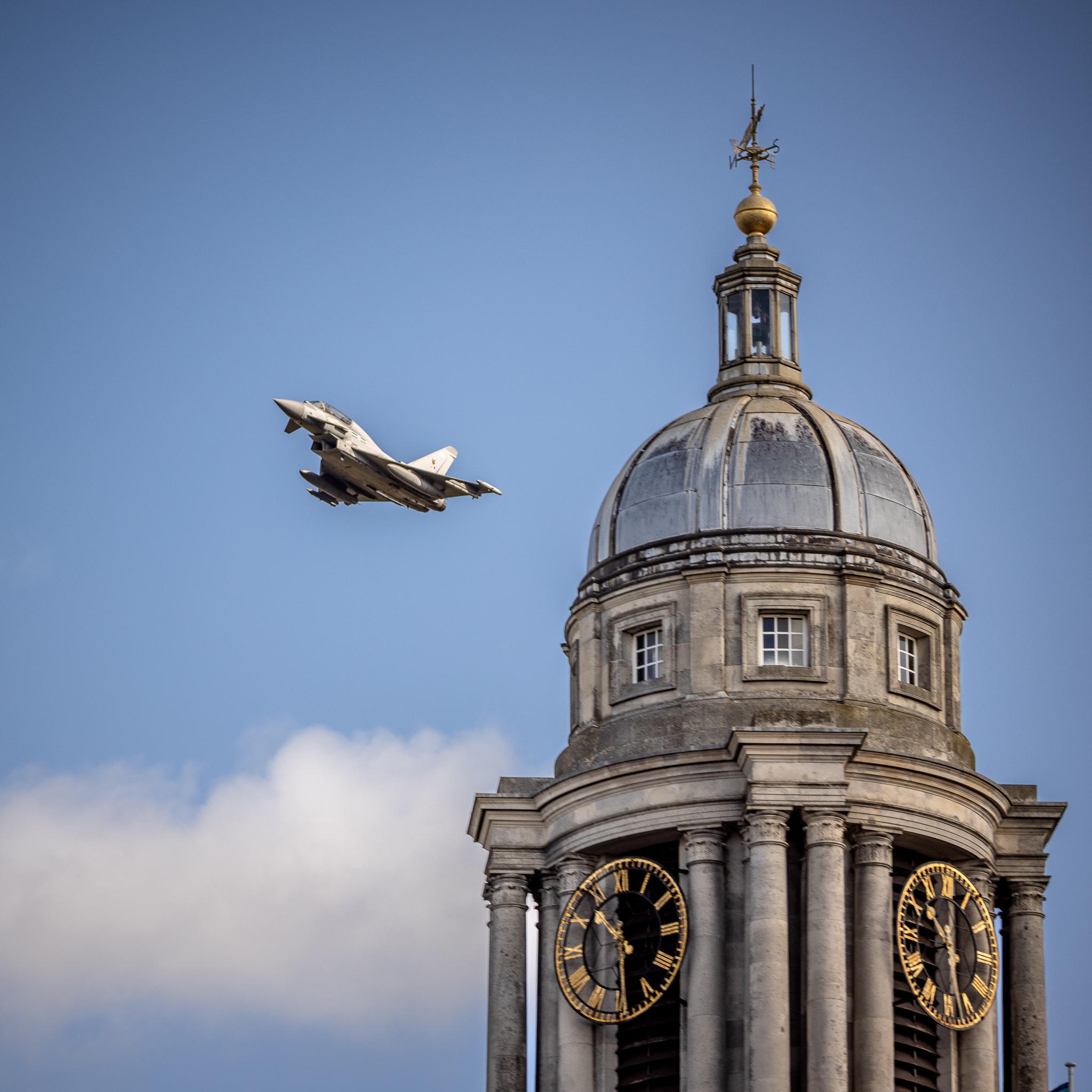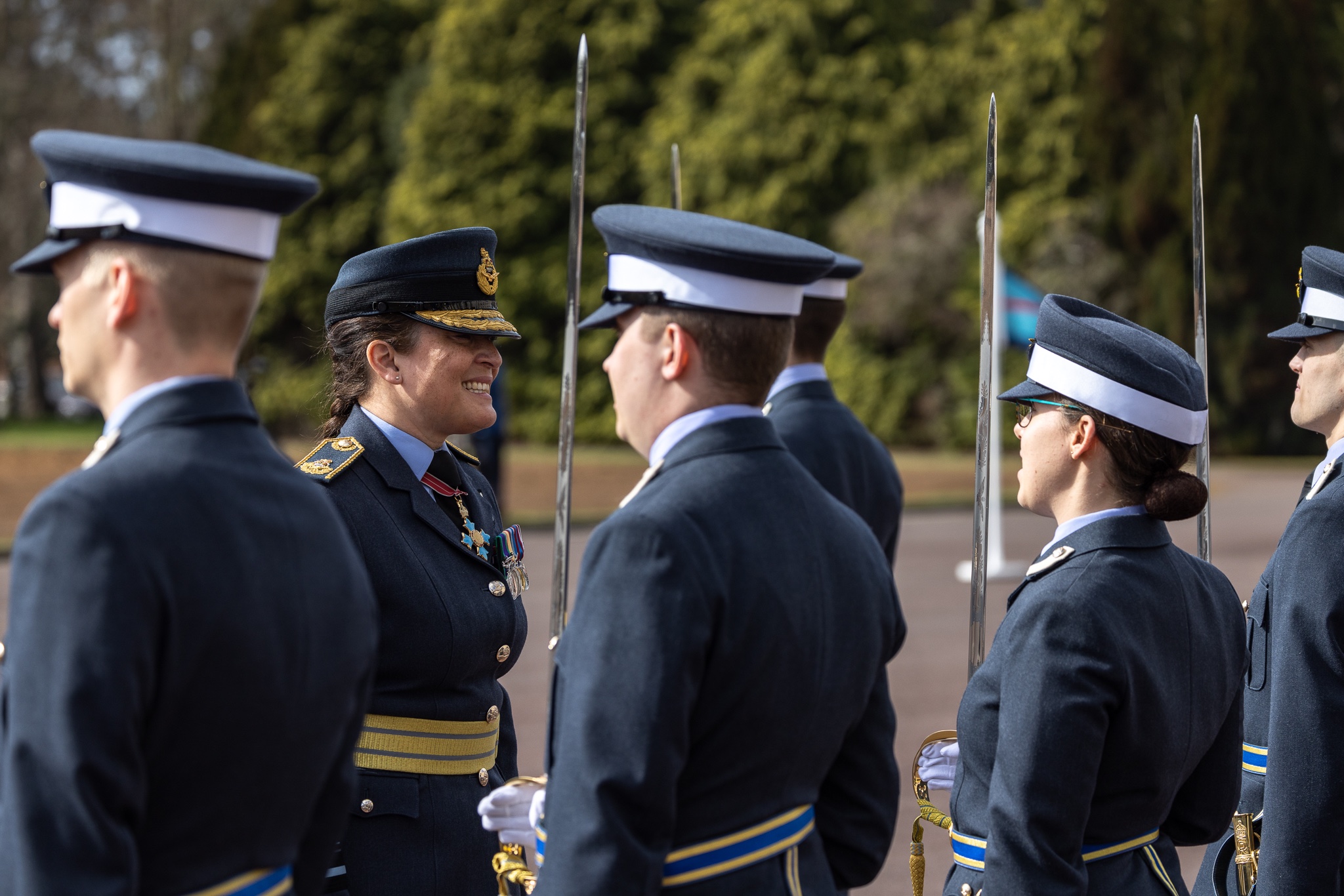Aircraft from across the UK Armed Forces flew over RAF Cranwell on Tuesday in a rehearsal for the Coronation.
They will soar over Buckingham Palace when Their Majesties King Charles III and Queen Camilla are crowned on Saturday, May 6.
The Royal Air Force, British Army and Royal Navy were all represented as over 30 aircraft took to the Lincolnshire skies to practice the formations.
The full flypast will see over 60 aircraft, including the iconic Red Arrows and historic Battle of Britain Memorial Flight, put on a spectacular show over London.
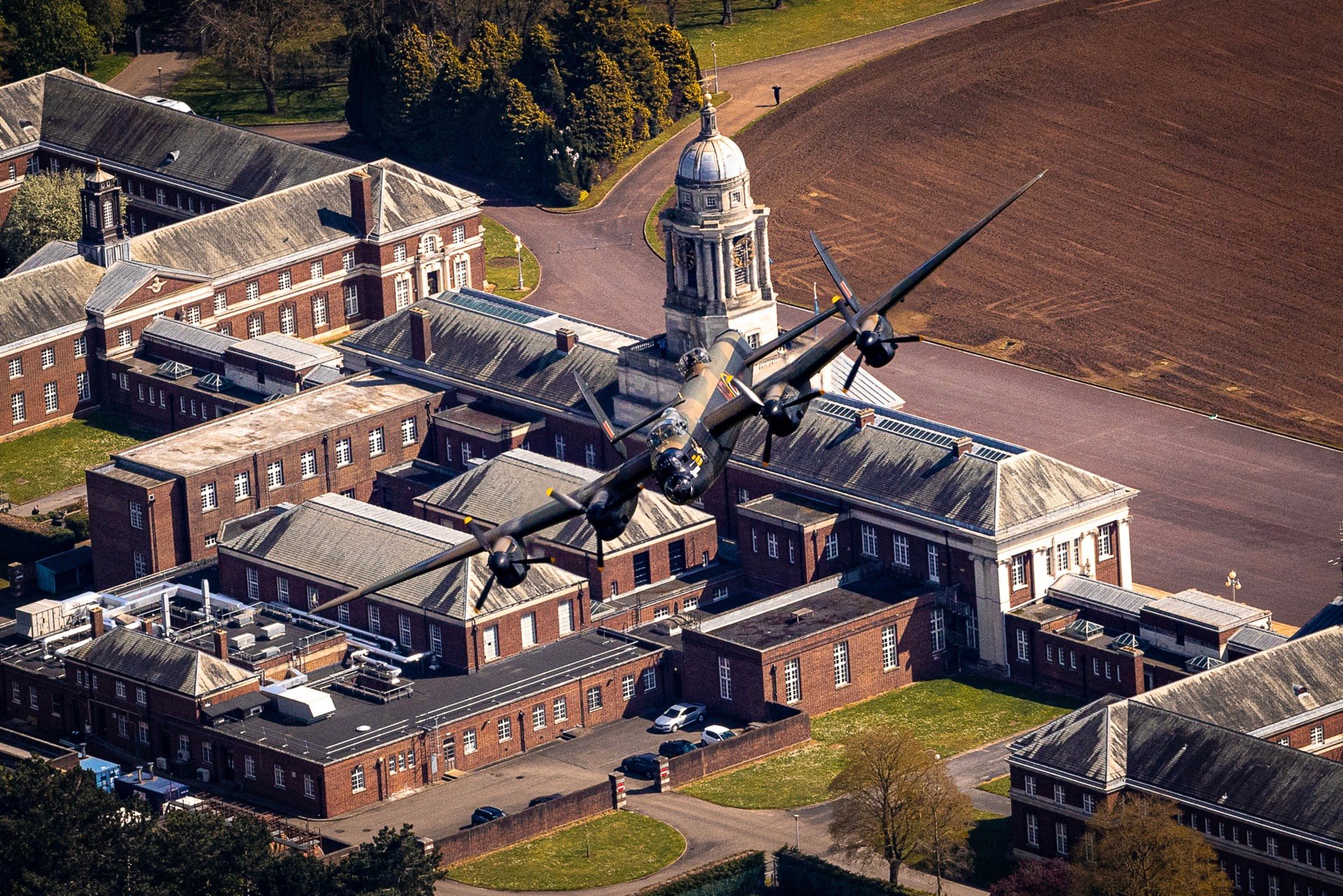
| Photo: Andrew Wheeler/UK MOD Crown Copyright 2023
The formation at the rehearsal flew over RAF Cranwell’s iconic College Hall, which stood in for Buckingham Palace, on Tuesday, April 25.
The first aircraft to fly over College Hall, a Juno HT1 from RAF Shawbury, did so at 2.30pm.
The full display was reviewed by Air Vice-Marshal Mark Flewin, the Air Officer Commanding the Royal Air Force’s No.1 Group.
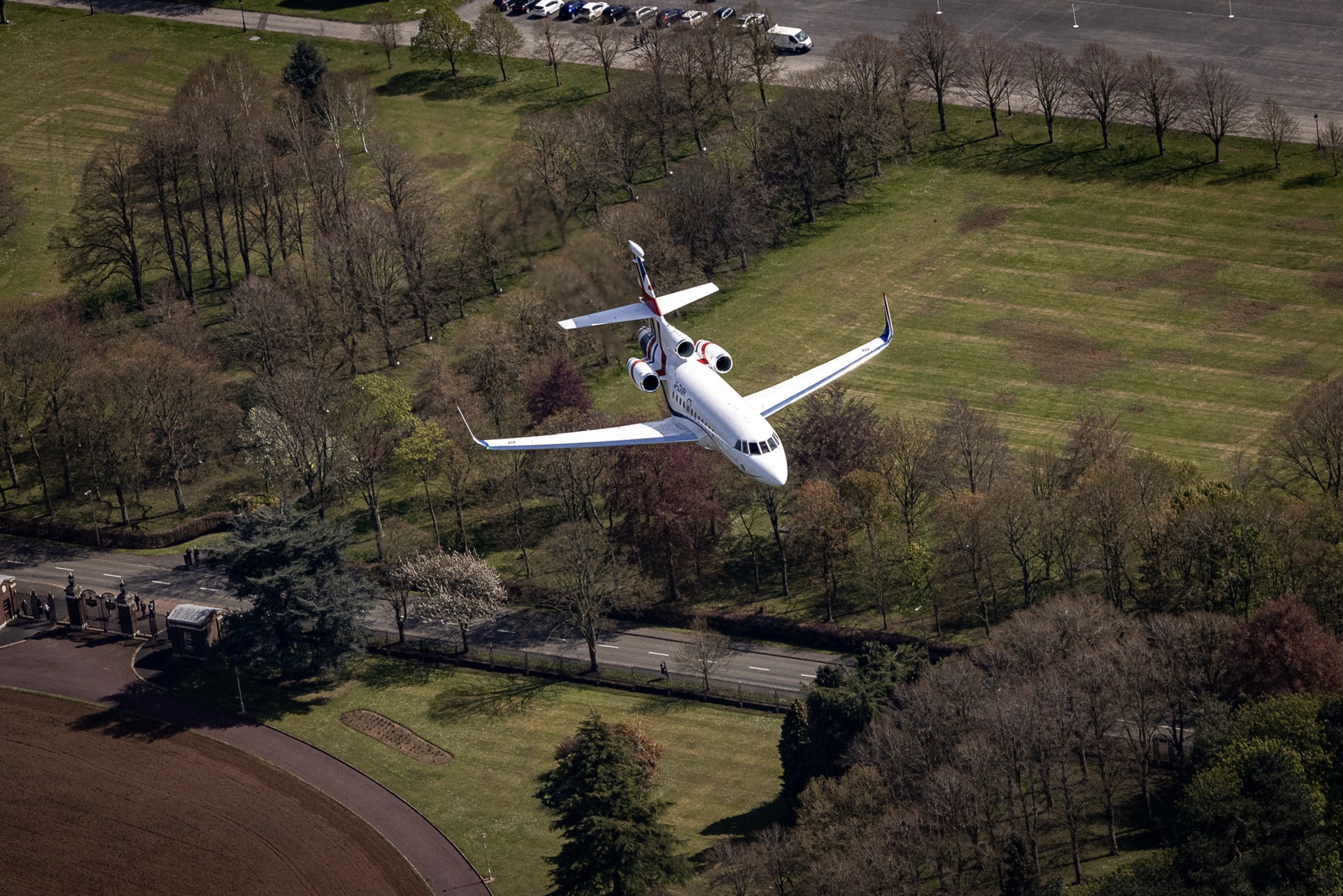
| Photo: Andrew Wheeler/UK MOD Crown Copyright 2023
He said: “It is a great honour to be part of His Majesty the King’s Coronation, where the flypast is an opportunity to showcase Tri-Service aviation excellence to our Commander-in-Chief, on this very special occasion.
“While the full spectacle will not be unveiled until the Coronation, the practice with more limited aircraft numbers is an ideal opportunity to review the Flypast from a safety and execution perspective, while making sure that the timing, spacing, and the broad structure of the flypast is visually appropriate for His Majesty the King’s Coronation on May 6.”
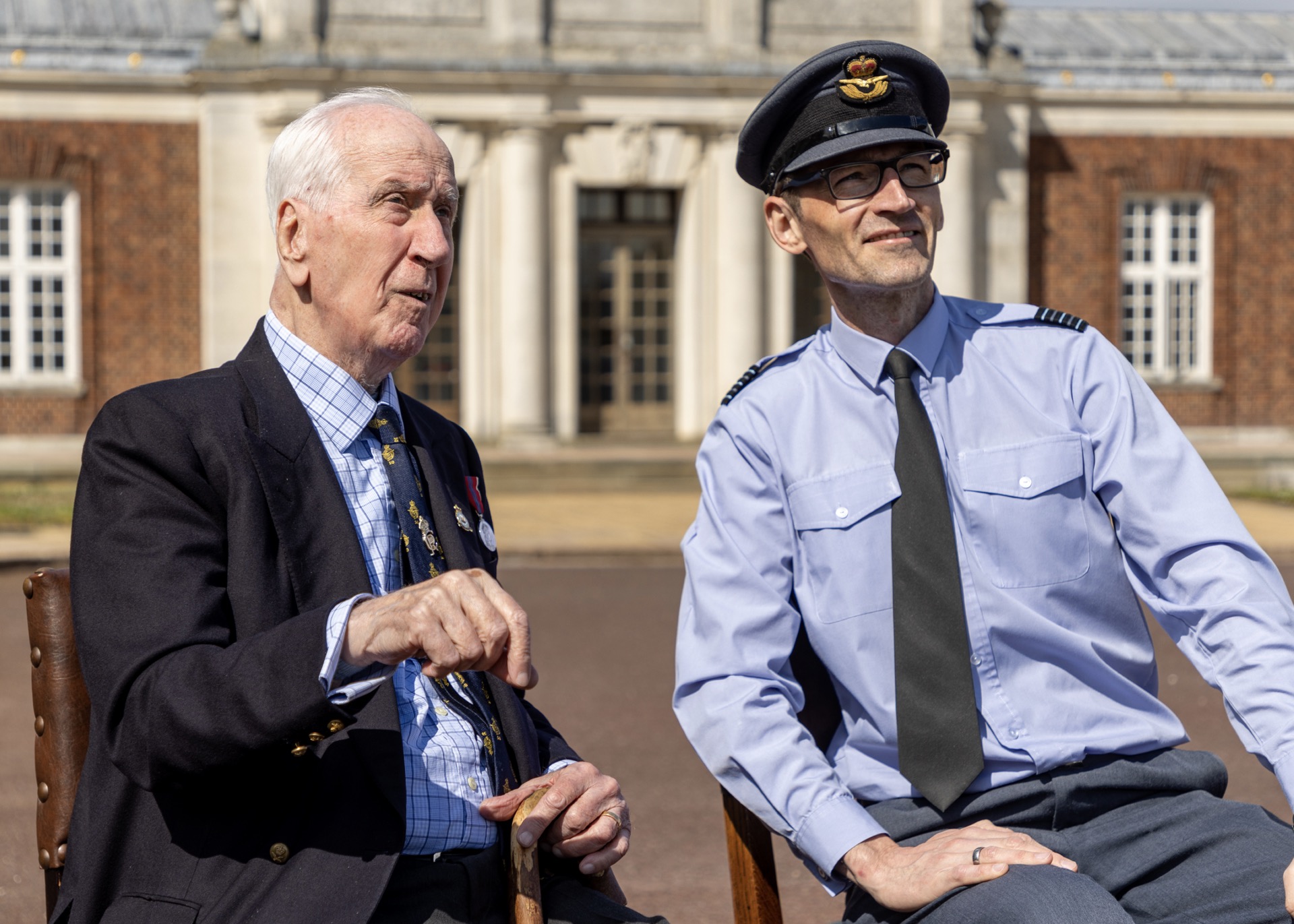
Squadron Leader (retd) Terrance Devey Smith with Officer Commanding 56 Squadron. | Photo: Royal Air Force/UK MOD Crown Copyright 2023
Watching on from the ground was 93-year-old RAF veteran Squadron Leader (Retired) Terrance Devey Smith, who flew in Her Late Majesty the Queen’s Coronation 70 years ago.
At the time of Her Majesty Queen Elizabeth II’s Coronation, Terrance was a 23-year-old RAF Flying Officer flying the Meteor 8 with 56 Squadron.
On June 2, 1953, Terrence was requested by his Wing Commander to take a magazine photographer on the Coronation flypast.
Due to his position in the formation, he switched from his Meteor 8 to a dual-seater Meteor 7 to capture the Squadron in formation with Buckingham Palace in the background.
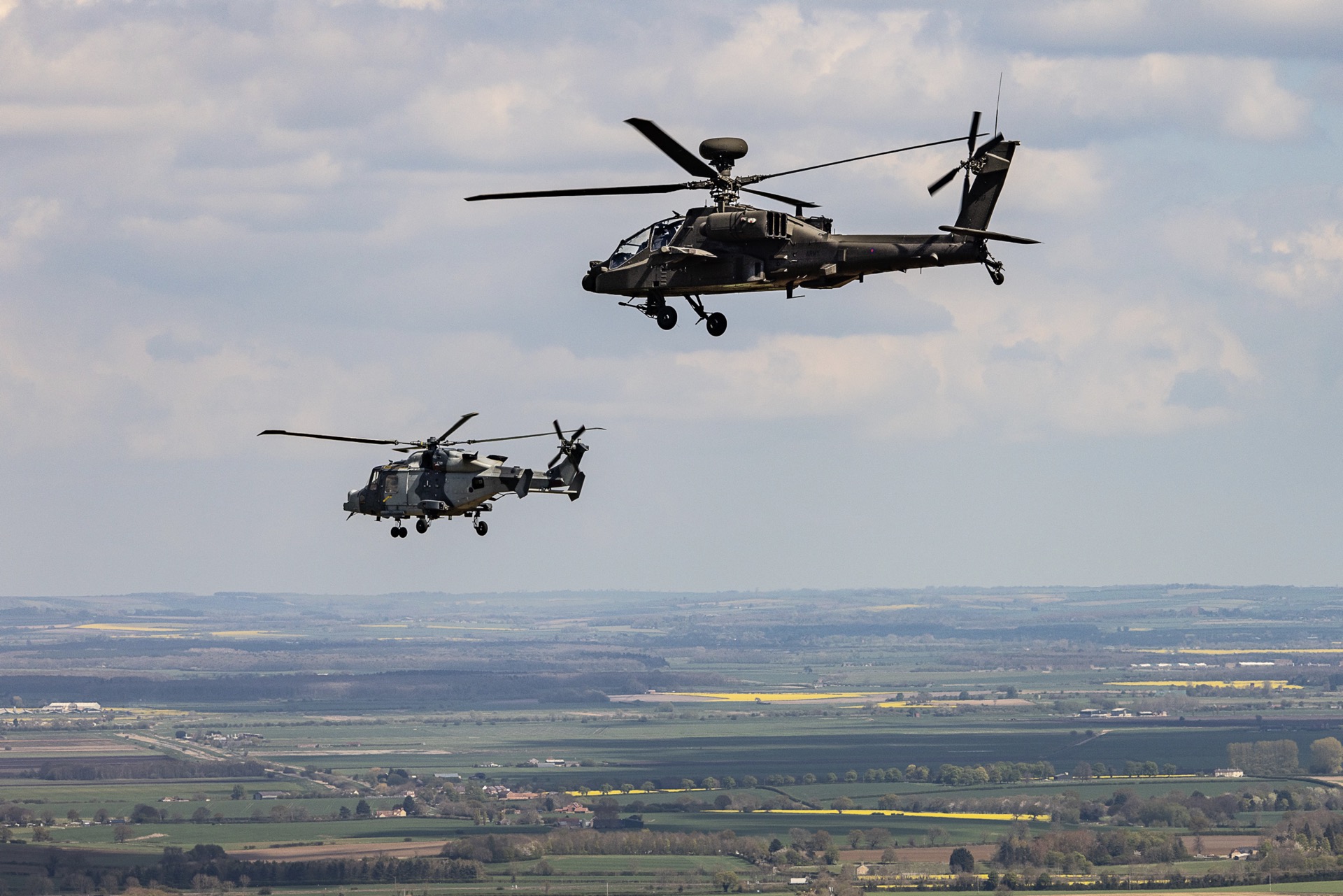
| Photo: Andrew Wheeler/UK MOD Crown Copyright 2023
The flypast on May 6 will follow the King’s Coronation Parade, a major display of military pageantry involving Armed Forces from across the Commonwealth and the British Overseas Territories, and all Armed Forces services, alongside The Sovereign’s Bodyguard and Royal Watermen.
The Armed Forces coronation flypast will take place over The Mall and Buckingham Palace at 2.30pm on that day, subject to weather, serviceability, and operational commitments.
The first aircraft to fly over Buckingham Palace, a Juno HT1 from RAF Shawbury, will be piloted by RAF Flight Lieutenant Tom Knapp.
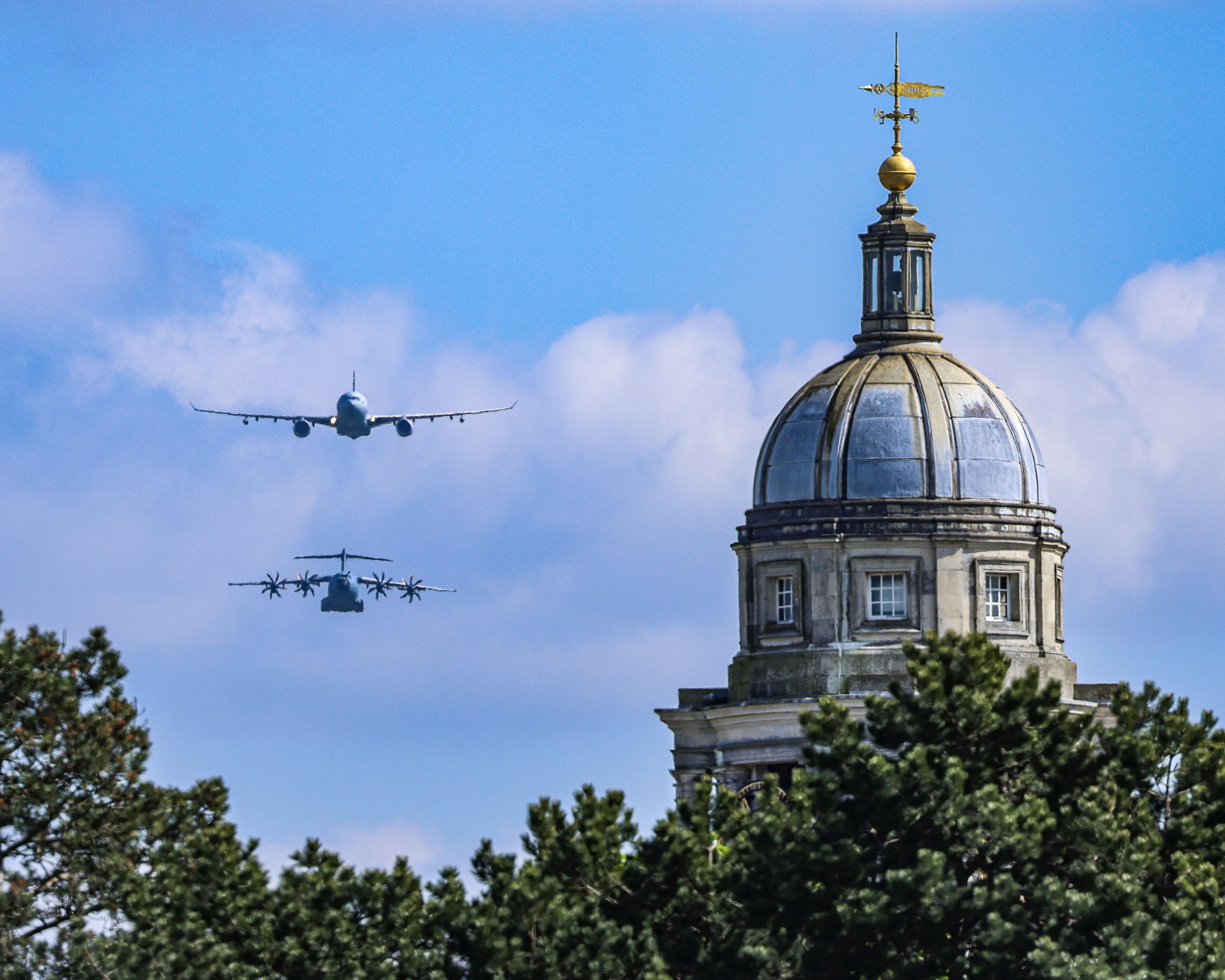
A Voyager aircraft followed by an A400M Atlas transport aircraft approaching the RAF College. | Photo: Royal Air Force/UK MOD Crown Copyright 2023
He said: “The flypast rehearsal went really well. We made our time on target over the top of College Hall which was standing in as Buckingham Palace.
“It’s great to see months of planning and detailed coordination between all the different aircraft which fly at different speeds starting to come together. I feel hugely privileged and excited to get to fly over the Palace for The King on this momentous occasion.”
MyLocal Lincolnshire is the new home of The Lincolnite. Download the app now


